Posts Tagged pest control
Fall Landscaping Prep: Preparing Your California Yard for the Changing Season
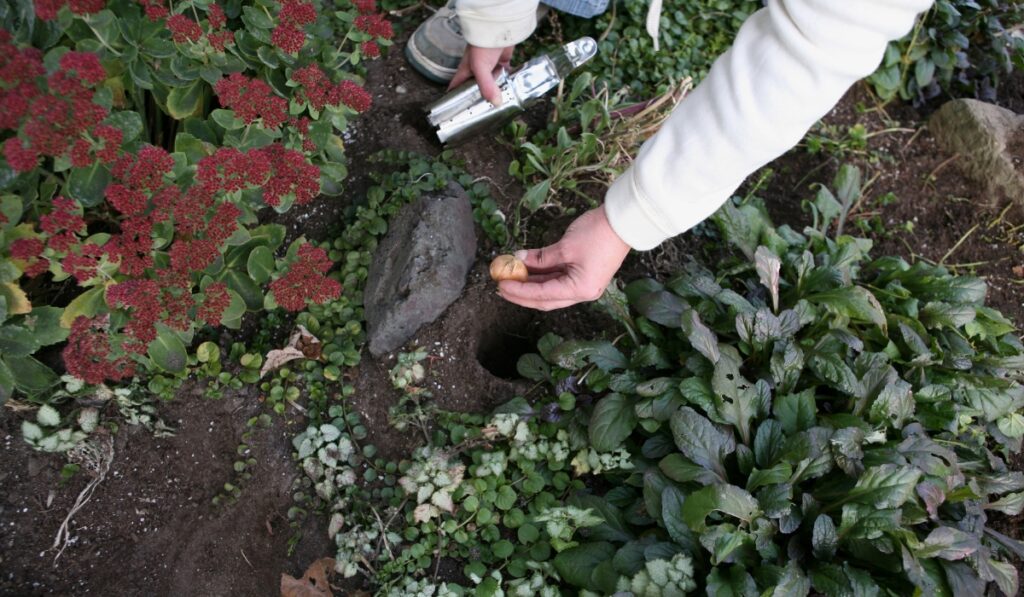
As the summer sun begins to soften and the days grow shorter, it’s time to shift our focus to fall landscaping preparation. At DK Landscaping, we understand the importance of transitioning your yard smoothly into the cooler months, ensuring a healthy and beautiful landscape that thrives through winter and bursts with life come spring.
Cleaning Up Summer Debris
The first step in fall landscaping prep is a thorough cleanup. Remove any fallen leaves, spent flowers, and debris from your yard. This not only tidies up the space but also helps prevent pests and diseases from overwintering. Pay close attention to areas around trees and shrubs, where fallen leaves can accumulate and create a damp environment that encourages fungal growth.
Preparing Soil for Fall Planting
Fall is the perfect time to revitalize your soil and prepare it for new plantings. Incorporate organic matter like compost or well-rotted manure into your garden beds. This improves soil structure, drainage, and nutrient content, providing a nourishing environment for your plants to establish strong roots.
Protecting Plants from Early Frosts
While California enjoys relatively mild winters, early frosts can still occur, especially in inland areas. Take preventative measures to protect sensitive plants:
- Covering: Use frost blankets or burlap to cover tender plants during cold nights.
- Mulching: Apply a thick layer of mulch around the base of plants to insulate the roots and protect them from freezing temperatures.
- Moving Container Plants: Bring potted plants indoors or to a sheltered location to shield them from frost.
Additional Fall Landscaping Tips
- Lawn Care: Aerate your lawn to improve drainage and reduce compaction. Overseeding can help thicken thin or bare spots.
- Pruning: Prune summer-flowering shrubs and trees after they finish blooming to encourage new growth in the spring.
- Irrigation: Adjust your watering schedule to accommodate cooler temperatures and reduced plant needs.
- Pest and Disease Control: Monitor your plants for signs of pests and diseases, and take action as needed.
DK Landscaping: Your Partner in Fall Landscape Preparation
Preparing your landscape for fall can be a daunting task, but DK Landscaping is here to help. Our team of experienced professionals can assist with everything from debris removal and soil preparation to plant protection and winterization. We’ll ensure your yard is ready to face the changing seasons and emerge healthy and vibrant in the spring.
Contact us today for a free consultation and let’s get your landscape ready for a beautiful fall and winter.
Remember, fall is a time of transition and renewal in the garden. By taking the necessary steps to prepare your landscape now, you’ll set the stage for a thriving and beautiful garden in the seasons to come.
Fall Planting Guide for California: Sowing the Seeds of Spring
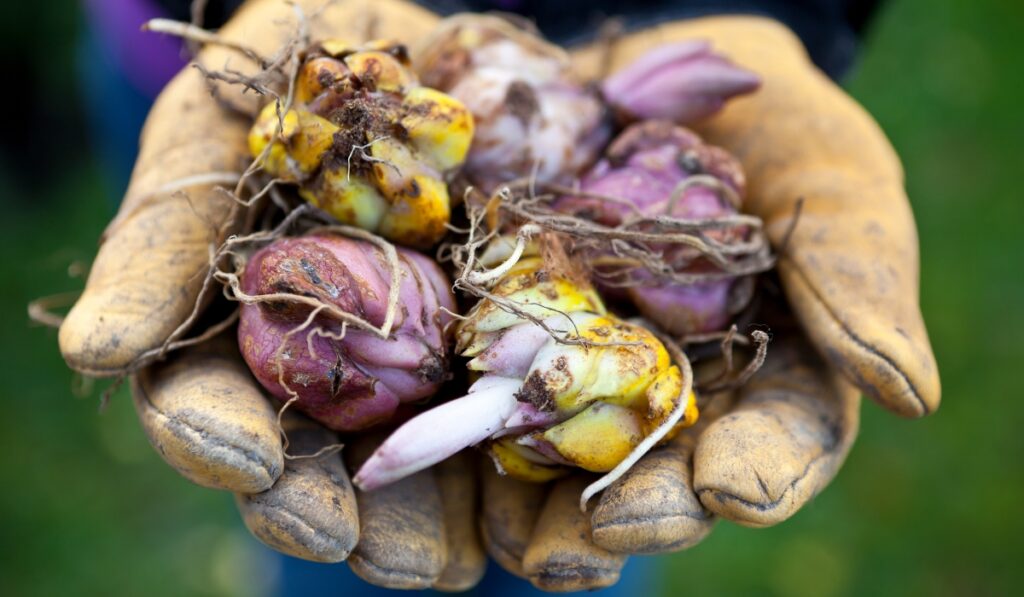
As summer’s heat begins to fade and the days grow shorter, September marks the perfect time to start planting for a vibrant spring garden in California. The mild temperatures and occasional rain showers create ideal conditions for seeds and young plants to establish strong roots before winter dormancy. At DK Landscaping, we’re passionate about helping you make the most of this planting season, ensuring your garden bursts with color and life come springtime.
Flowers to Plant in September
Embrace the anticipation of spring by planting these stunning flowers now:
- Bulbs: September is prime time for planting spring-blooming bulbs like tulips, daffodils, hyacinths, crocus, and anemones. These beauties will add pops of color and cheer to your garden as the days grow longer.
- Wildflowers: Consider sowing a wildflower mix for a naturalized and pollinator-friendly display. California poppies, lupines, and clarkias are excellent choices for a vibrant spring meadow.
- Cool-season annuals: Pansies, violas, primroses, and snapdragons thrive in the cooler temperatures of fall and winter, providing early color to your garden.
- Perennials: Fall is an ideal time to divide and transplant perennials or plant new ones. Consider options like columbine, coreopsis, and penstemon for long-lasting beauty.
Vegetables to Plant in September
Extend your harvest season and enjoy fresh produce throughout the fall and winter by planting these vegetables:
- Leafy Greens: Lettuce, spinach, kale, arugula, and Swiss chard thrive in the cooler temperatures of fall and winter.
- Brassicas: Broccoli, cauliflower, Brussels sprouts, and cabbage are perfect for fall planting, as they prefer milder conditions.
- Root Vegetables: Carrots, beets, radishes, and turnips can be sown in September for a late fall or winter harvest.
- Alliums: Plant garlic and shallots in September for a flavorful harvest next summer.
Shrubs to Plant in September
Add structure and year-round interest to your landscape by planting shrubs in the fall:
- Evergreen Shrubs: Ceanothus, manzanita, and toyon provide beautiful foliage and attract pollinators.
- Flowering Shrubs: Consider planting camellias, azaleas, and rhododendrons for stunning spring blooms.
- Fruiting Shrubs: Plant blueberries, raspberries, and currants in the fall for a delicious harvest next year.
Essential Tips for Successful Fall Planting
- Prepare Your Soil: Amend your soil with compost or other organic matter to improve drainage and fertility.
- Choose the Right Location: Consider each plant’s sun and shade requirements when choosing a planting spot.
- Water Wisely: Water deeply and less frequently, allowing the soil to dry out slightly between waterings.
- Protect from Pests: Monitor your plants for signs of pests and take preventative measures to protect them.
- Mulch: Apply a layer of mulch around your plants to conserve moisture, suppress weeds, and regulate soil temperature.
DK Landscaping: Your Partner in Fall Planting
At DK Landscaping, we understand the unique needs of California gardens. Our team of experts can guide you through the fall planting process, providing personalized recommendations and professional installation services to ensure your garden thrives.
Contact us today for a free consultation and let us help you create a stunning spring garden that will bring joy and beauty for years to come.
Remember, fall planting is an investment in the future of your landscape. By taking advantage of this ideal planting season, you can create a vibrant and flourishing garden that welcomes spring with open arms.
Sustainable Landscaping Practices for August: Thriving in California’s Dry Heat
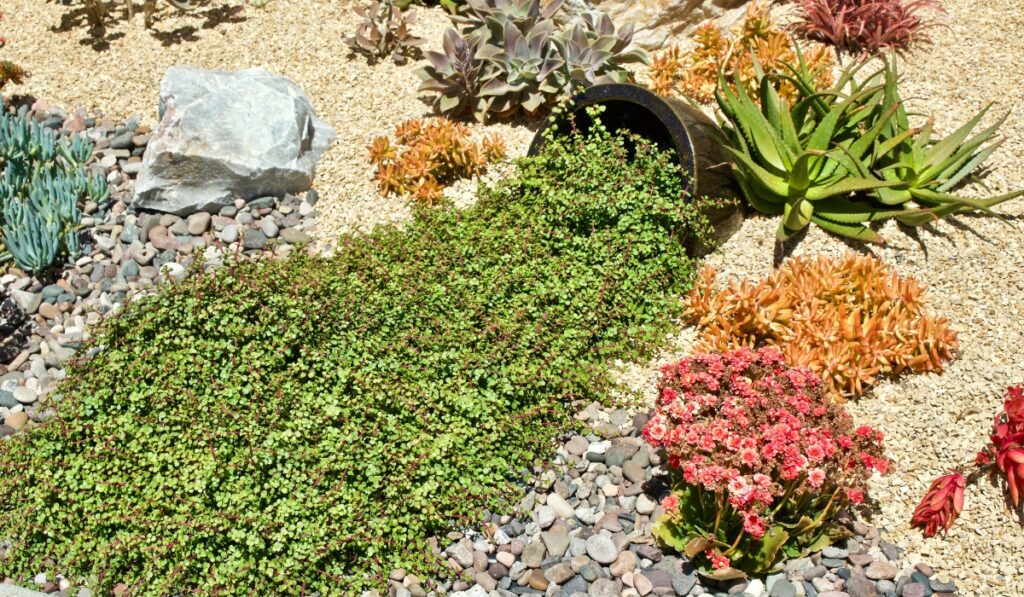
As Californians, we’re all too familiar with the challenges of August’s scorching temperatures and persistent drought conditions. While our landscapes may be feeling the heat, there are plenty of sustainable practices we can adopt to not only keep our gardens thriving but also nurture the environment. At DK Landscaping, we believe in creating beautiful landscapes that are in harmony with nature, and August is the perfect time to implement eco-friendly choices.
The Importance of Water Conservation
Water is a precious resource, especially during the peak of summer. Traditional landscaping practices often rely heavily on irrigation, putting a strain on our water supply. By embracing sustainable practices, we can significantly reduce our water consumption and help protect this vital resource.
Key Sustainable Landscaping Practices for August
Let’s delve into some essential eco-friendly choices you can make in your landscape this August:
1. Efficient Irrigation:
- Upgrade your irrigation system: Consider switching to drip irrigation or soaker hoses, which deliver water directly to the roots, minimizing evaporation and runoff.
- Water deeply and less frequently: This encourages deeper root growth and reduces water waste.
- Water in the early morning or late evening: Avoid watering during the hottest part of the day to prevent evaporation.
- Monitor soil moisture: Use a moisture meter to check soil moisture levels before watering.
- Adjust your irrigation schedule: As temperatures cool down in late August, gradually reduce watering frequency.
2. Mulching:
- Apply a thick layer of mulch: Mulch helps retain soil moisture, suppress weeds, and regulate soil temperature. Organic mulches like wood chips or shredded leaves also improve soil health as they decompose.
3. Drought-Tolerant Plants:
- Choose native and adapted plants: These plants are naturally suited to California’s climate and require less water.
- Group plants with similar water needs: This allows for more targeted and efficient irrigation.
- Consider replacing lawns with low-water alternatives: Opt for groundcovers, native grasses, or permeable hardscaping.
4. Rainwater Harvesting:
- Install rain barrels or cisterns: Collect rainwater from your roof to use for irrigation later.
- Create rain gardens: These shallow depressions capture and filter rainwater runoff, reducing erosion and providing habitat for wildlife.
5. Composting:
- Start a compost pile: Turn kitchen scraps and yard waste into nutrient-rich compost to improve soil health and reduce the need for synthetic fertilizers.
6. Organic Fertilizers:
- Use organic fertilizers and soil amendments: These products nourish your plants without harming the environment.
7. Reduce or Eliminate Pesticide Use:
- Embrace Integrated Pest Management (IPM): This approach focuses on prevention and natural controls to minimize pesticide use.
- Attract beneficial insects: Plant flowers that attract ladybugs, lacewings, and other insects that prey on pests.
DK Landscaping: Your Partner in Sustainable Landscaping
At DK Landscaping, we are committed to creating sustainable landscapes that are both beautiful and environmentally responsible. We can help you implement these eco-friendly practices and design a garden that thrives in California’s unique climate.
Contact us today to schedule a consultation and let us help you create a sustainable oasis.
Remember, every small step towards sustainability counts. By implementing these practices in your landscape, you can make a positive impact on the environment while enjoying a beautiful and thriving garden.
July Gardening Calendar for California: Your Guide to a Flourishing Summer Garden
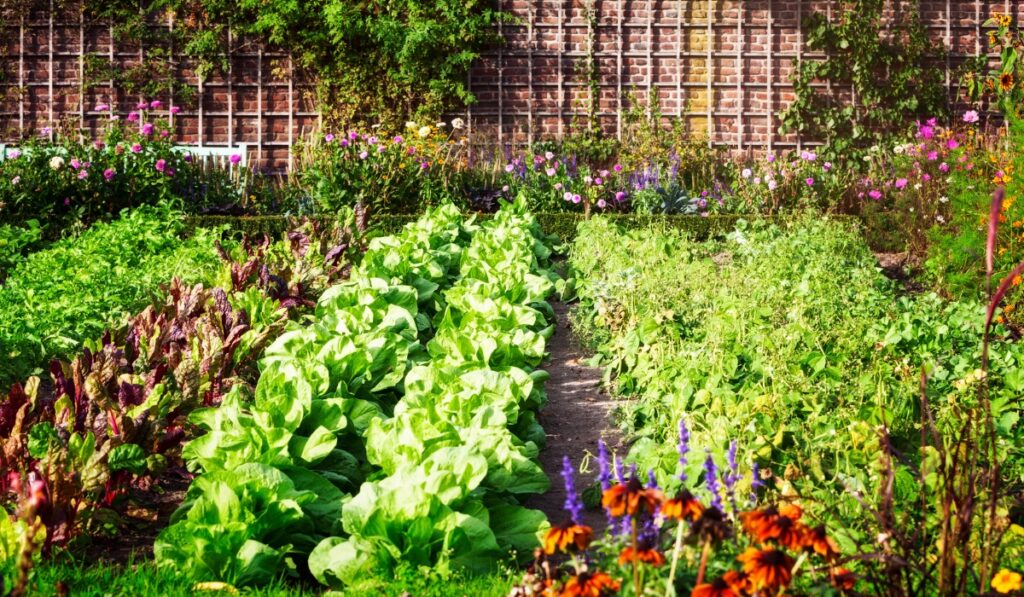
July in California brings long, warm days and abundant sunshine, making it a prime time for gardening activities. Whether you’re a seasoned pro or just starting out, this July gardening calendar will guide you through the best planting schedules and essential tasks to keep your landscape thriving. At DK Landscaping, we’re committed to helping you achieve a beautiful and productive garden all year round.
Planting Schedule for July
Despite the heat, July is still a great time to plant several vegetables, herbs, and flowers in California. Consider these options:
- Vegetables:
- Warm-season vegetables: Tomatoes, peppers, eggplant, cucumbers, squash, beans, okra, melons
- Leafy greens: Lettuce, spinach, Swiss chard (plant in partial shade to prevent bolting)
- Root vegetables: Carrots, beets, radishes
- Herbs:
- Basil, cilantro, dill, parsley, rosemary, thyme
- Flowers:
- Sun-loving annuals: Zinnias, sunflowers, cosmos, marigolds, petunias
- Heat-tolerant perennials: Salvia, lantana, verbena, yarrow
Essential Gardening Tasks for July
In addition to planting, July requires attention to other essential gardening tasks:
- Watering: With rising temperatures, watering becomes crucial. Water deeply and less frequently, ideally in the early morning or late evening to minimize evaporation. Consider using drip irrigation or soaker hoses for efficient water delivery.
- Weeding: Stay on top of weed control to prevent them from competing with your plants for water and nutrients. Mulching can help suppress weed growth.
- Deadheading: Regularly remove spent flowers to encourage continuous blooming and prevent plants from going to seed.
- Fertilizing: Feed your plants with a balanced fertilizer to support their growth and flowering during the summer months.
- Pest and Disease Control: Monitor your plants for signs of pests and diseases. Take prompt action to address any issues before they spread.
- Harvesting: Enjoy the fruits of your labor by harvesting ripe vegetables, herbs, and flowers regularly.
Additional Tips for July Gardening in California
- Protect from Heat: Provide shade for delicate plants during the hottest part of the day. Consider using shade cloth or strategically placing plants near larger trees or structures.
- Conserve Water: Implement water-wise gardening practices like collecting rainwater, using mulch, and grouping plants with similar water needs.
- Prepare for Fall: Start planning for your fall garden by ordering seeds and preparing planting areas.
DK Landscaping is Here to Help
If you need assistance with any of these July gardening tasks or want to create a beautiful and thriving landscape, DK Landscaping is ready to lend a hand. Our team of experts can provide personalized advice, design services, and professional installation and maintenance to ensure your garden flourishes throughout the summer and beyond.
Contact us today for a free consultation and let us help you make the most of your July gardening endeavors.
Remember, gardening is a journey of continuous learning and adaptation. By following this July gardening calendar and staying proactive with your gardening tasks, you’ll be well on your way to enjoying a bountiful and beautiful summer landscape.
Summer Pests and Diseases: Safeguarding Your California Garden in July
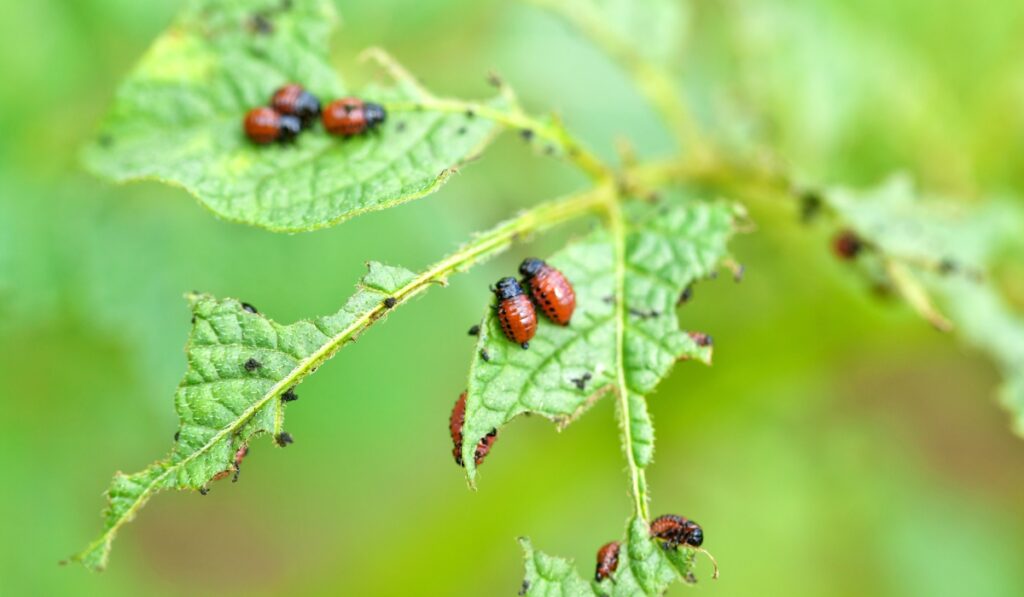
July in California brings long, warm days, vibrant blooms, and unfortunately, a surge in garden pests and diseases. These unwelcome visitors can quickly wreak havoc on your carefully cultivated landscape if left unchecked. DK Landscaping is here to arm you with the knowledge and tools to identify and manage these common summertime threats, ensuring your garden stays healthy and beautiful all season long.
Understanding Common Summer Pests
Several pests thrive in the warm July weather, posing a significant threat to your plants. Here are a few to watch out for:
- Aphids: These tiny, sap-sucking insects can stunt plant growth and transmit diseases. Look for clusters of aphids on the undersides of leaves and stems.
- Whiteflies: Similar to aphids, whiteflies feed on plant sap and weaken plants. They are tiny, white insects that flutter when disturbed.
- Spider Mites: These minuscule pests create fine webbing on plants and cause stippling on leaves. Hot, dry conditions favor their proliferation.
- Snails and Slugs: These slimy creatures feed on foliage and leave telltale trails of slime. They are most active at night and during damp weather.
Identifying Common Summer Diseases
In addition to pests, several diseases can afflict your garden in the summer heat. These include:
- Powdery Mildew: This fungal disease appears as a white, powdery coating on leaves and stems. It thrives in warm, humid conditions.
- Leaf Spot: Various fungi cause leaf spot diseases, resulting in brown or black spots on leaves. These diseases can weaken plants and reduce their aesthetic appeal.
- Root Rot: Overwatering or poor drainage can lead to root rot, a fungal disease that attacks plant roots and causes wilting and decline.
Practical Pest and Disease Management Tips
Fortunately, you can take several steps to manage summer pests and diseases effectively:
- Cultural Practices:
- Proper Watering: Avoid overwatering, which can create a favorable environment for fungal diseases and attract pests like snails and slugs.
- Good Sanitation: Remove fallen leaves, debris, and infected plant material to reduce pest and disease harborage.
- Crop Rotation: Rotate susceptible plants to different locations each year to disrupt pest and disease cycles.
- Plant Selection: Choose resistant varieties and maintain healthy plants, which are less susceptible to pests and diseases.
- Natural Controls:
- Beneficial Insects: Encourage natural predators like ladybugs, lacewings, and praying mantises to control aphid and whitefly populations.
- Organic Sprays: Neem oil, insecticidal soap, and horticultural oil can effectively manage certain pests and diseases.
- Homemade Remedies: Garlic spray, baking soda solutions, and diatomaceous earth can offer some pest control benefits.
- Chemical Controls:
- Targeted Pesticides: If natural and cultural controls fail, consider using targeted pesticides. Always follow label instructions carefully and choose products that are safe for beneficial insects and the environment.
DK Landscaping’s Expertise
At DK Landscaping, we understand the unique challenges California gardens face during the summer months. Our experienced team can help you identify and manage pests and diseases effectively, utilizing a combination of cultural, natural, and, when necessary, chemical controls. We prioritize sustainable practices that protect your garden and the environment.
Don’t let summer pests and diseases ruin your garden’s beauty. Contact DK Landscaping today for a consultation and let us help you keep your landscape healthy and thriving all season long.
Remember, early detection and prompt action are key to successful pest and disease management. By staying vigilant and implementing these tips, you can protect your garden and enjoy its splendor throughout the summer months.





